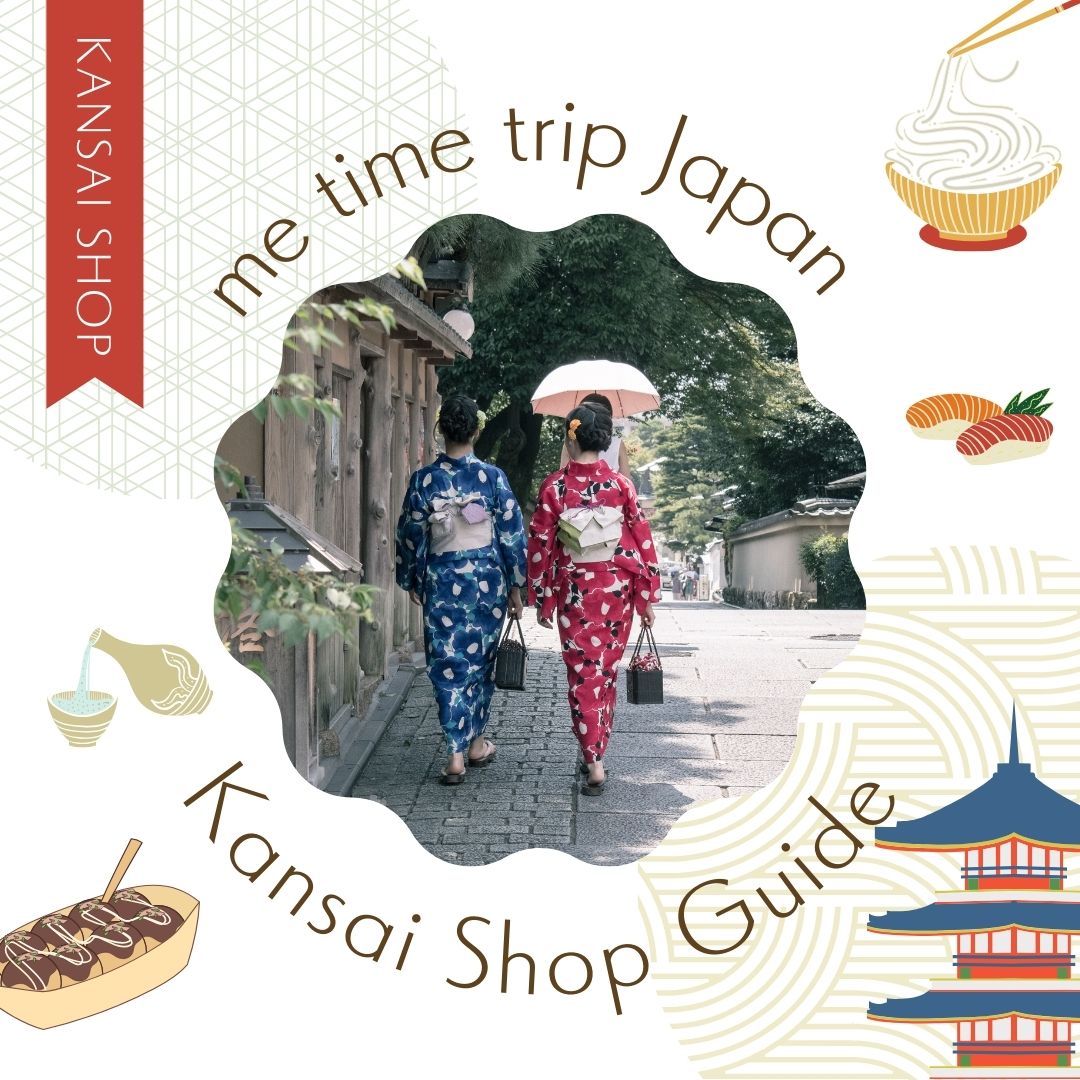Japan has large areas in the west and east.
“Kansai” is an area around Osaka, in the west, and “Kanto,” is anarea around Tokyo in the east.
These two areas, despite being in the same country, have considerably different cultures.
Therefore, in this article, I would like to introduce some of the differences between Kansai and Kanto.
In particular, we have excerpted what foreign visitors feel when they come to Japan.
Please experience it when you come to Japan.
What is Kansai and Kanto?
First of all, “Seki”means “barriers, (referred to as “Seki”, as being used separately)
These facilities were established at important transportation points before the
Edo period for the purpose of tax collection and inspection.
It is bounded by one of Japan’s Seki, the western area of which is called “Kansai”.
The eastern area of which is called “Kanto”.
“Kansai” generally refers to Osaka, Kyoto, Nara, Hyogo,
Wakayama and Shiga and consists of 7 prefectures.
Also, “Kanto” refers to Tokyo, Kanagawa, Saitama, Chiba, Gunma
Ibaraki and Tochigi and consists of 7 prefectures as well.
In both cases, some prefectures may be added in certain situations.
What then are the differences between Kansai and Kanto?
The spoken language.
It is common for people to say the same thing but in different words.
For example, here’s what it looks like.
Kansai “kochobai” Kanto “Kusuguttai”, both means “ticklish”.
Kansai “Buta-man” Kanto “Niku-man”, both means “Meat Bun”
Kansai “McD” Kanto “Mac”, both means “McDonald’s”
Kansai “tsukidashi” Kanto “otoshi”, both means “Appetizer”
Is it just my imagination that Kansai is somehow more common and Kanto more sophisticated?
Dipping sauces for udon and soba
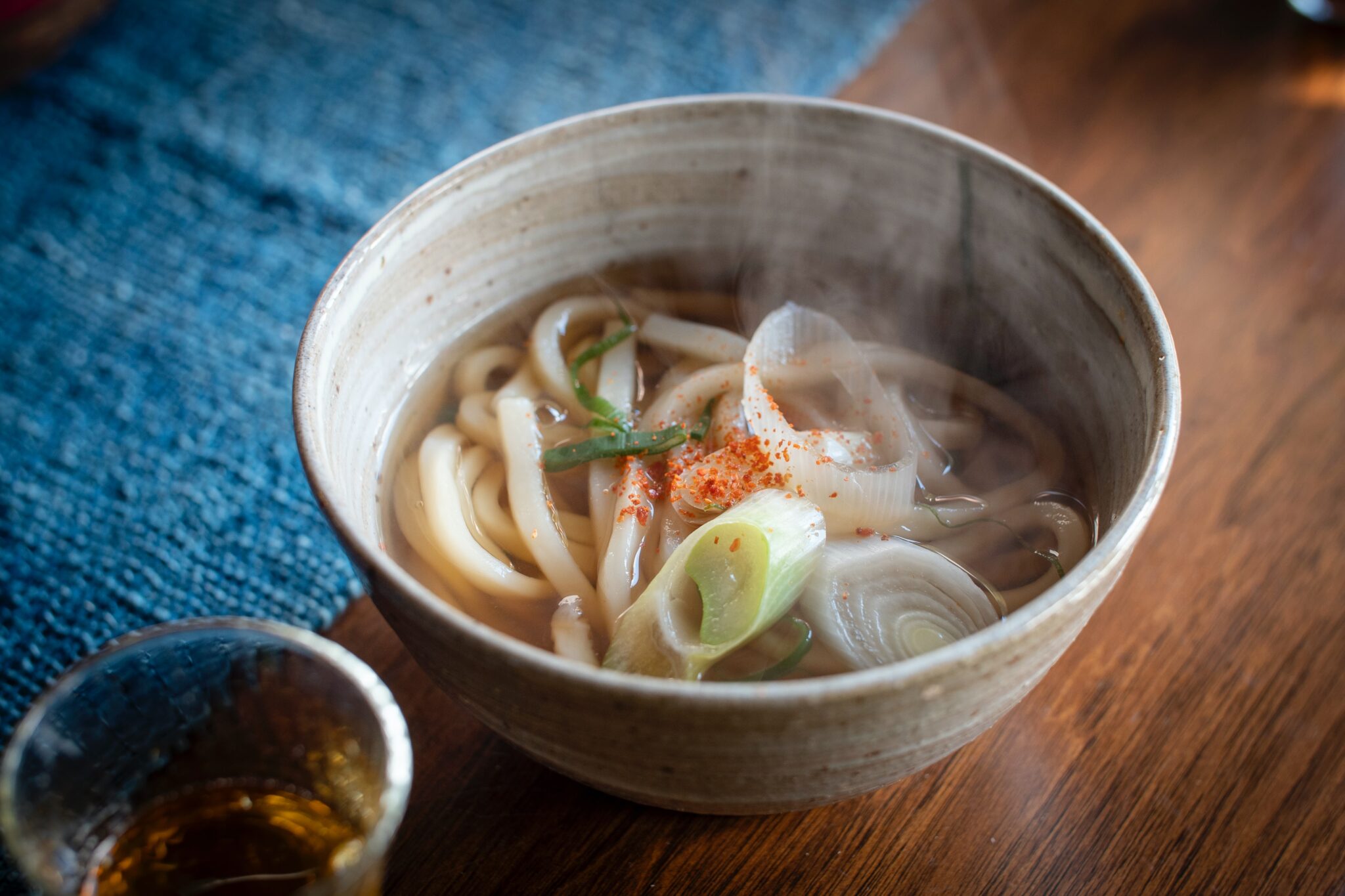
Kansai-style dashi (broth) is made from kombu (kelp) and dried bonito flakes,
and flavored with a “Usukuchi-shoyu” (light soy sauce) that enhances the dashi.
Kanto-style dashi, on the other hand, uses kombu and dried bonito flakes to make dashi,
but it is flavored with koikuchi shoyu (soy sauce).
This gives it a darker color and a robust flavor that goes well with rice.
Places to ride on escalators
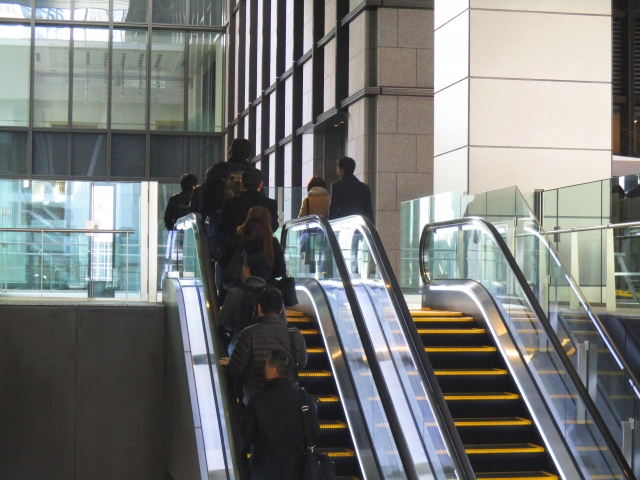
When riding an escalator, which side to stand on and which side to leave open is different.
In Kansai, people stand on the right side of the room and leave the left side open.
In Kanto, the opposite is the case: people stand on the left side of the room and leave the right side open.
In Japan, the Kansai custom of standing on the right side of the room seems to be in the minority.
There are various explanations for each, but it is said that Osaka merchants and samurai swords are the reasons.
If you are interested, why not check it out?
Friendliness
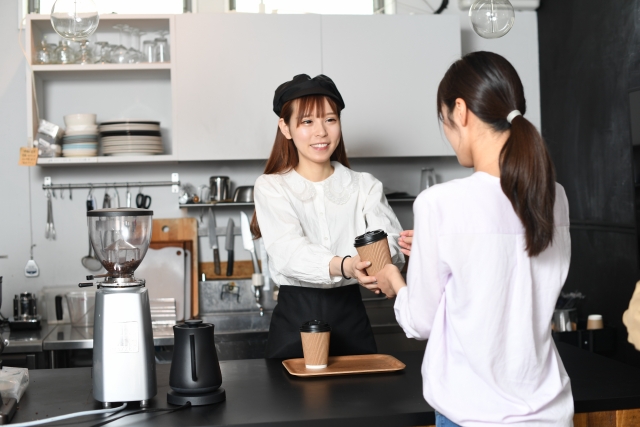
For example, you can see the difference by how they treat waiters.
In the Kanto, many people talk to the waiters when they need or want to ask something.。
In Kansai, however, you will find situations where people talk openly to each other even about unrelated topics.
It could be said that they have different ways of caring for each other.
Amount of conversation on trains
This also goes along with friendliness, but when I ride the train in Kansai, I feel that there are a lot of people chatting.
On the contrary, it is surprisingly quiet on trains in the Kanto.
This has changed a bit with the Corona Disaster, but when you are on a train in Kansai,
you may be happy to chat without hesitation.
Electrical frequencies.
The electronic equipment has a different frequency. In Kansai, the frequency is 60 Hz (Hertz), while in Kanto it is 50 Hz (Hertz).
This is said to be because Tokyo imported German-made (50 Hz) and Osaka imported an American-made (60 Hz) generator
for producing electricity during the Meiji period.
You may need to check your electronic device when using in Japan.
The Size of Tatami.
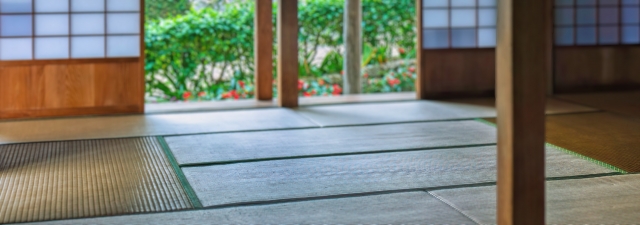
Tatami in Kansai is called “Kyoma” (190 cm x 95.4 cm), while tatami in Kanto is called “Edoma” (176 cm x 88 cm),
which is smaller than “Kyoma”. It is enjoyable to pay attention to the tatami when touring temples.
Summary
I hope you all enjoyed this summary of some of the differences between Kansai and Kanto.I would be happy if you could get a chance to know what Japan is like by experiencing different climate and region


